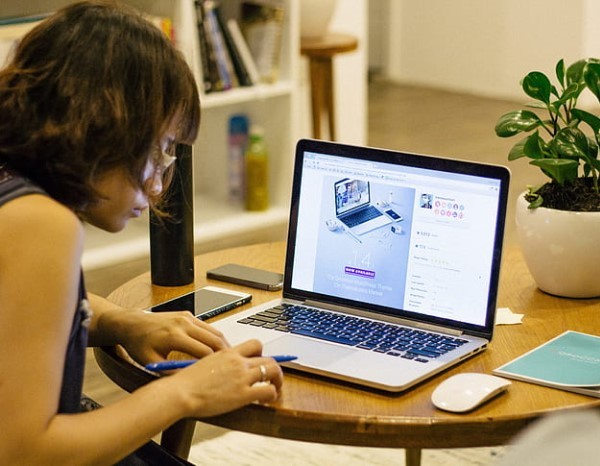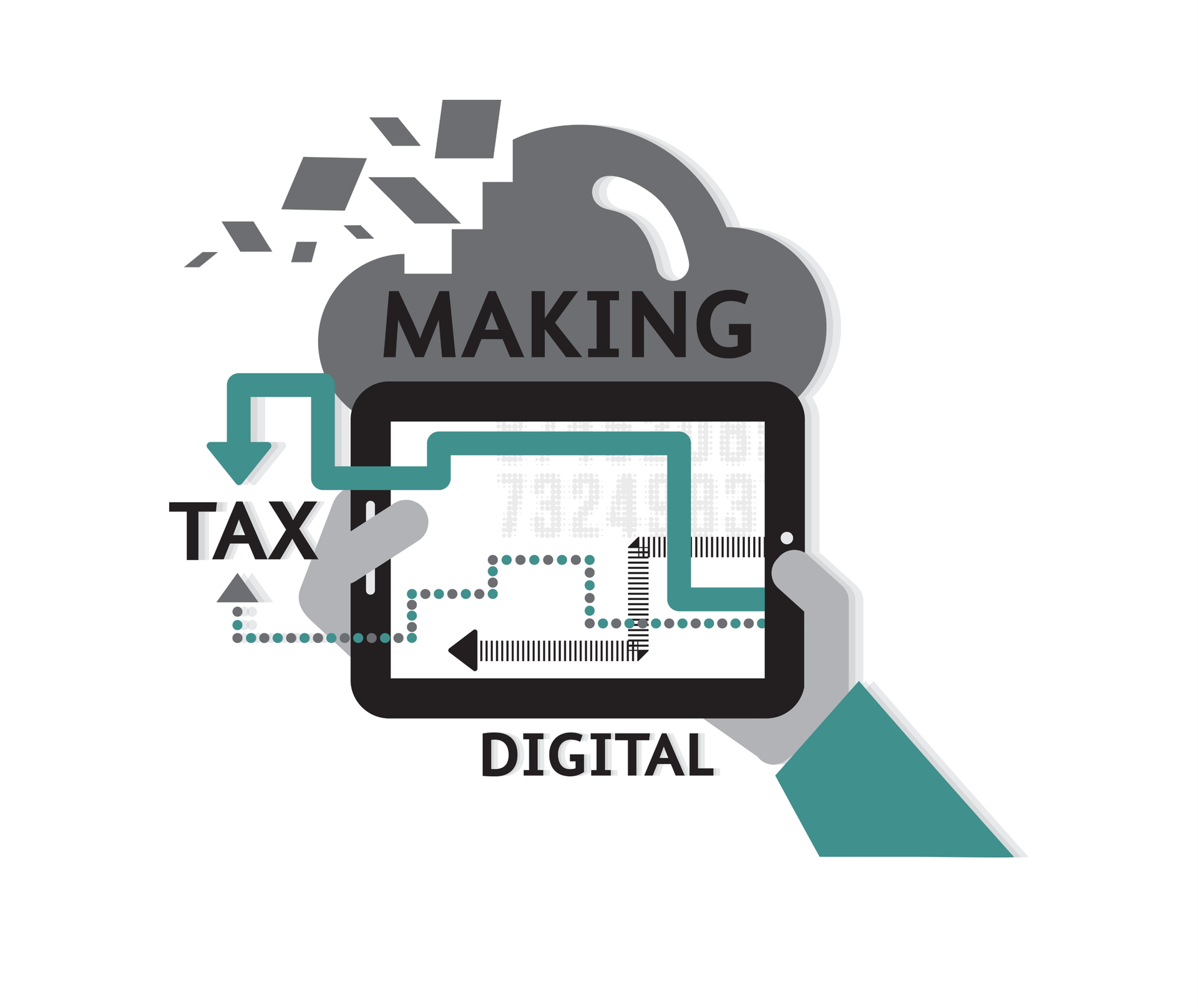
Due to the various lockdown restrictions the number of people working from home increased significantly during 2020 and 2021. The Office of National Statistics reports that; ‘The proportion of working adults who did any work from home in 2020 increased to 37% on average from 27% in 2019’.
Most of the tax guidance regarding home working has related to the deductions that can be made for income tax purposes and what employers can pay to employees in respect of working from home without triggering a tax bill. However, there are also Capital Gains Tax (CGT) considerations.
What are the CGT considerations?
A house is a chargeable asset for CGT purposes. If it is sold for more than it was bought for, a chargeable gain can arise. Where the house has been the only home of the owner throughout the period of ownership, principal private residence relief (PPR) will usually be available to offset the gain completely. As a result, most people don't think about CGT when selling their home. However, a problem can arise where part of the house has been used otherwise than as a home, including in the course of employment.
Where this is the case, HMRC may reduce the available PPR on a just and reasonable basis. Where this reduction leaves a taxable gain more than the available annual exempt amount (or if the annual exempt amount has already been used by other gains in the year) there will be a tax bill on the gain. Additionally, because the gain is not fully covered by PPR the seller will need to complete a UK property reporting service return and make a payment on account of the tax within 60 days of completion. Furthermore, as residential property is subject to higher rates of tax than other gains an unexpected bill can come as a nasty shock.
How to avoid the loss of relief
There is, however, a straightforward way to avoid the loss of relief - by not using any part of the house exclusively for work purposes. So, if the employee uses a particular room to work in, the loss of relief can be avoided if the rest of the family has access to it for their own use, e.g., as a study or reading room. If the employee lives alone, the same protection can be secured by ensuring the room chosen is a multi-use room, or by setting up the workstation in a room that already has other use, e.g., the living room.
The information provided in this blog is for general informational purposes only and should not be considered professional advice. As far as we are aware, the content is accurate at time of publication. Torgersens assumes no responsibility for errors or omissions in the content or for any actions taken based on the information provided.

.jpg)


.jpg)



